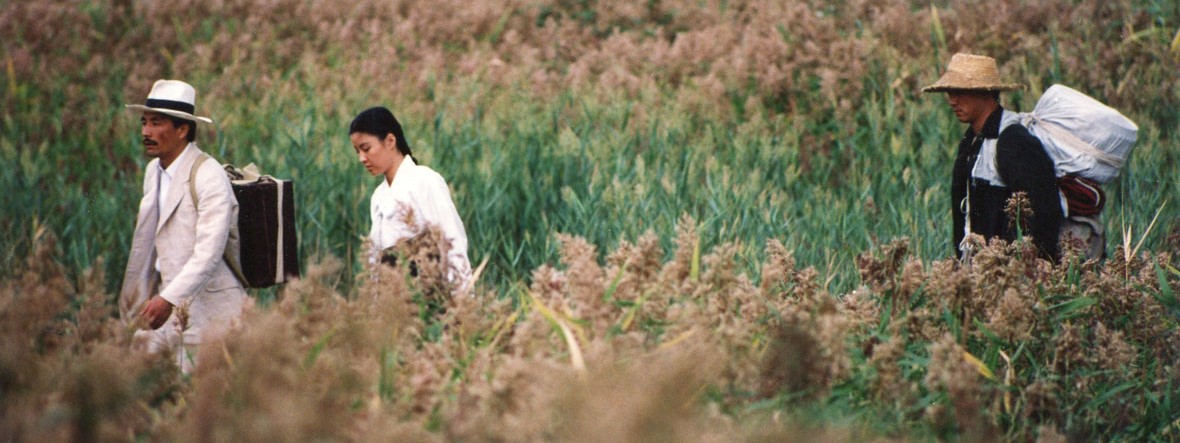
Anything that exist in this world, person or object, age as time passes. Like humans who age and weaken, all things lose their glitter with years, instead gaining small dents and smudges. When their use runs course in the end, people do not look for such objects anymore, dust piling up as if it was meant to be. Naturally, such cycle is applied also to the medium of recording for the film art: The physical film. As films are projected onto the screen, entertaining by making them laugh and cry, and when that is repeated hundreds and thousands of times, their surfaces gain scratches and smudges, small and large. When the commercial life of film is completed, it goes into storage, away from the light and into the dust.
Such films are the precise reason that organizations such as the Korean Film Archive (KOFA) exists. Restoring the dusty, scratched, or torn films to a state closest to their original form, to help more people enjoy Korean film and remember its history: That is the reason of existence and the mission of film archives. Without archiving efforts, it would not be possible to enjoy and talk about pinnacles of the Korean film history, such as “Aimless Bullet” (Yu Hyun-mok, 1961) that was only available in printed English subtitled version and “The Red Scarf” (Shin Sang-ok, 1964) whose parts were damaged but restored in full for public viewing.
Stories of Restoration, Breathing Life Back into Film November and December special from KMDb VOD features the works restored by the Korean Film Archive. Cinematheque KOFA (in Sangam-dong, Mapo-gu, Seoul) and several other theaters projected the restored films, which were also made public in Blu-Ray format, but this is the first time that the restored works are released on a VOD platform. KMDb presents five works restored under the painstaking efforts by the Korean Film Archive: “Piagol”, “Aimless Bullet”, “The Red Scarf”, “Early Rain” and “Sopyonje.”
Films